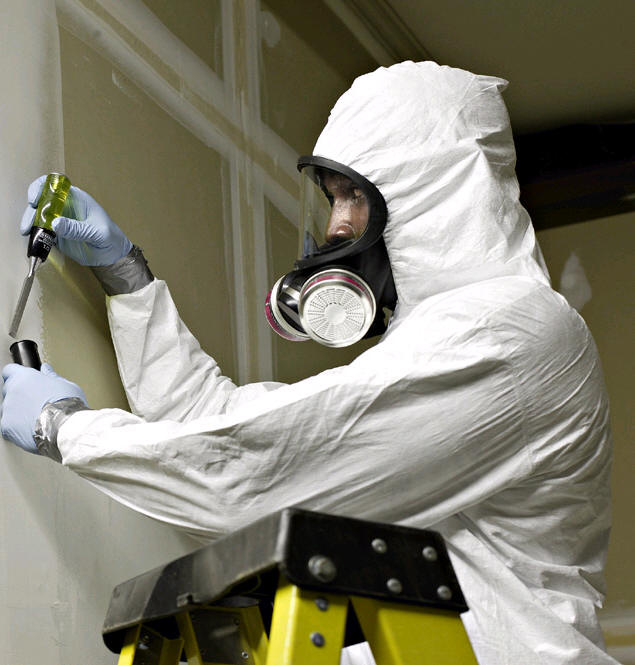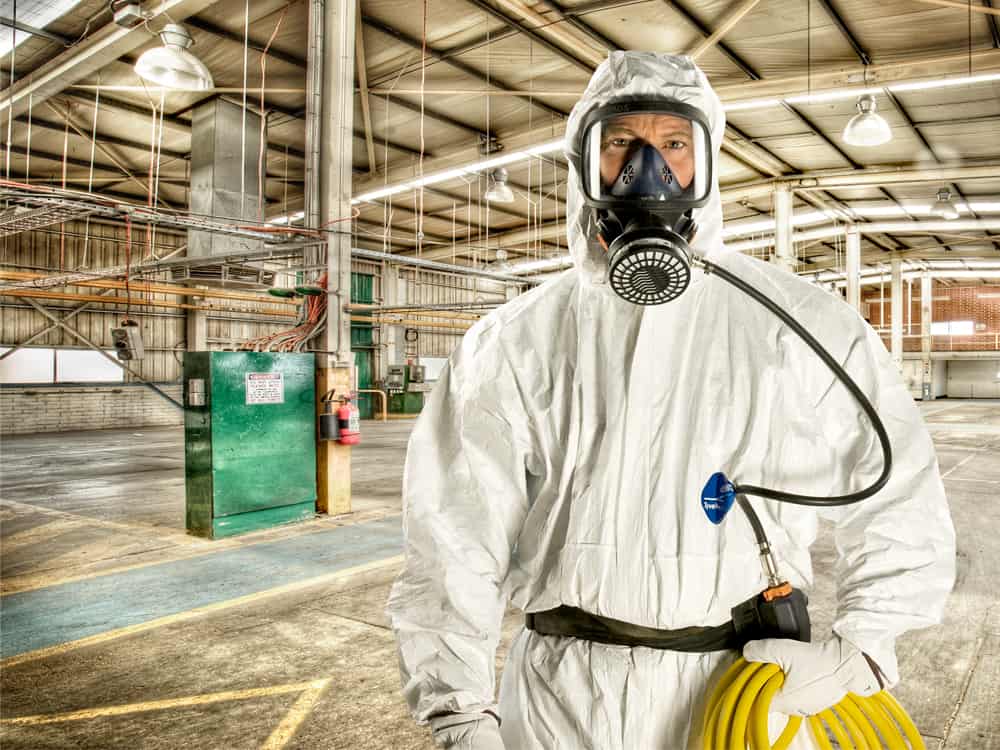Top-Rated Asbestos Testing: Protect Your Family Members from Harmful Direct Exposure
Top-Rated Asbestos Testing: Protect Your Family Members from Harmful Direct Exposure
Blog Article
The Full Refine of Accredited Asbestos Evaluating to Ensure Building Conformity
In the realm of property administration and conformity, the process of accredited asbestos screening stands as an important part to ensure the security and health of residents. Understanding the detailed actions involved in this screening procedure is paramount for homeowner and managers alike. From the initial analysis to the final analysis of results, each stage plays a crucial duty in identifying the visibility of asbestos within a property. Let's explore just how this precise procedure unfolds to assure adherence to rigorous regulations and secure versus possible carcinogen.
Accredited Asbestos Screening: Preliminary Evaluation
In carrying out the preliminary assessment for accredited asbestos testing, a precise assessment of the residential property's products is critical to accurately identify prospective asbestos-containing products. This vital action entails aesthetically examining all areas of the building, including ceilings, walls, flooring, insulation, and various other structure products that may harbor asbestos. Unique focus is offered to products that are vulnerable to harm or disruption, as these circumstances can release hazardous asbestos fibers into the air. In addition, sampling of presumed products may be necessary to validate the existence of asbestos through laboratory analysis.
Approved asbestos assessors adhere to strict procedures established by regulatory bodies to guarantee the accuracy and dependability of the testing procedure. By carefully documenting searchings for and making use of advanced screening methods, assessors can offer residential or commercial property proprietors with a comprehensive record detailing the existence of asbestos, if any type of, and the advised actions for mitigation or elimination. This first analysis sets the structure for subsequent actions to attend to asbestos concerns and make sure the safety and security and compliance of the residential or commercial property.
Example Collection Treatments for Asbestos Evaluating
Efficient sample collection treatments are essential in making sure exact asbestos screening outcomes and compliance with regulatory criteria. When accumulating samples for asbestos testing, it is critical to comply with rigorous protocols to minimize the danger of contamination and make sure the integrity of the outcomes.
To start with, it is crucial to determine the thought asbestos-containing products (ACMs) and focus on sampling areas based upon elements such as the material's condition, ease of access, and potential for disturbance. Asbestos Testing. Samples need to be gathered from various places within the home to supply a detailed evaluation of asbestos presence
Throughout sample collection, licensed professionals need to use suitable personal protective equipment (PPE) to protect versus asbestos exposure. They have to use tidy tools, such as disposable handwear covers and plastic sheeting, to stop cross-contamination in between samples. Examples ought to be very carefully collected utilizing a specified strategy, such as damp wiping or coring, and securely sealed in airtight containers to preserve their honesty throughout transport to the lab for analysis.
Research Laboratory Analysis Refine for Asbestos Samples
Upon completion of the example collection procedure, the asbestos samples are meticulously moved to certified research laboratories for precise evaluation. At the lab, trained specialists take care of the examples with severe treatment to prevent any kind of cross-contamination or sample deterioration. The very first step in the lab analysis process is sample preparation, where the accumulated examples are meticulously refined to extract the asbestos fibers. Asbestos Testing. This step is critical to ensure precise outcomes in the subsequent evaluation.

When the analysis is complete, a comprehensive report is produced, detailing the findings and confirming whether asbestos is existing, the kind of asbestos fibers recognized, and the concentration degrees. This info is important for homeowner to take the needed actions to ensure conformity with asbestos laws and guard the health of residents.

Reporting and Interpretation of Asbestos Examination Outcomes
Approved asbestos testing research laboratories provide thorough reports that offer essential insights into the existence, type, and focus degrees of asbestos fibers located in samples collected from this residential or commercial properties. These reports are important for property owners and supervisors to recognize the danger positioned by asbestos and make notified choices concerning its management or elimination. The reports typically include details on the approaches used for screening, the locations from which examples were taken, the kind of asbestos determined (such as chrysotile, amosite, or crocidolite), and the concentration see here now levels of asbestos fibers identified.
Translating these outcomes requires expertise to analyze the possible health and wellness threats connected with asbestos direct exposure, figure out the ideal strategy, and make sure governing compliance (Asbestos Testing). Depending upon the searchings for, recommendations might range from continued surveillance and maintenance to encapsulation or full asbestos abatement. Home proprietors need to very carefully examine these records and seek advice from asbestos professionals to develop a detailed strategy for attending to any asbestos concerns recognized
Guaranteeing Property Conformity With Asbestos Regulations
To keep adherence with asbestos guidelines, homeowner need to vigilantly implement procedures to make sure compliance with suitable laws and standards. This includes carrying out normal asbestos evaluations by approved professionals to identify any visibility of asbestos-containing materials within the residential or commercial property. When asbestos is identified, residential property owners should adhere to asbestos management prepares that synopsis appropriate control, removal, or encapsulation procedures to stop direct exposure and spread of asbestos fibers. Conformity also involves maintaining thorough documents of asbestos screening, upkeep, and removal activities for evaluation purposes.
Homeowner need to give asbestos recognition training to workers and residents to decrease the threat of asbestos direct exposure and make certain correct handling of materials that may contain asbestos. Additionally, it is crucial to stay educated concerning any type of updates or changes in asbestos regulations to adjust management practices appropriately. By proactively resolving asbestos conformity demands, residential property proprietors can produce a safe environment for owners and minimize possible lawful and health and wellness threats connected with asbestos direct exposure.
Final Thought
In verdict, accredited asbestos testing is a crucial procedure for making sure home compliance with laws. The preliminary assessment, sample collection treatments, research laboratory analysis, and analysis of results are all crucial steps in this process. By complying with these treatments, building owners can identify and address any type of asbestos hazards existing, safeguarding the health and safety of residents and preserving compliance with regulative requirements.
Report this page